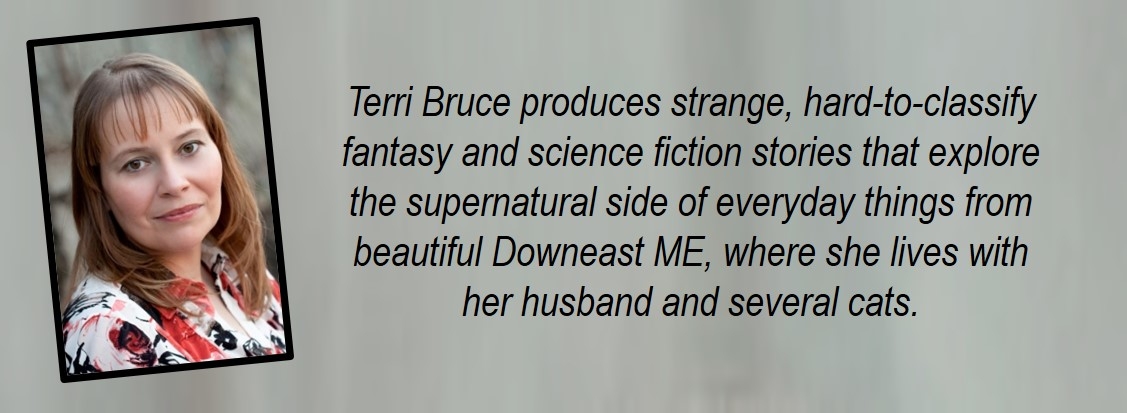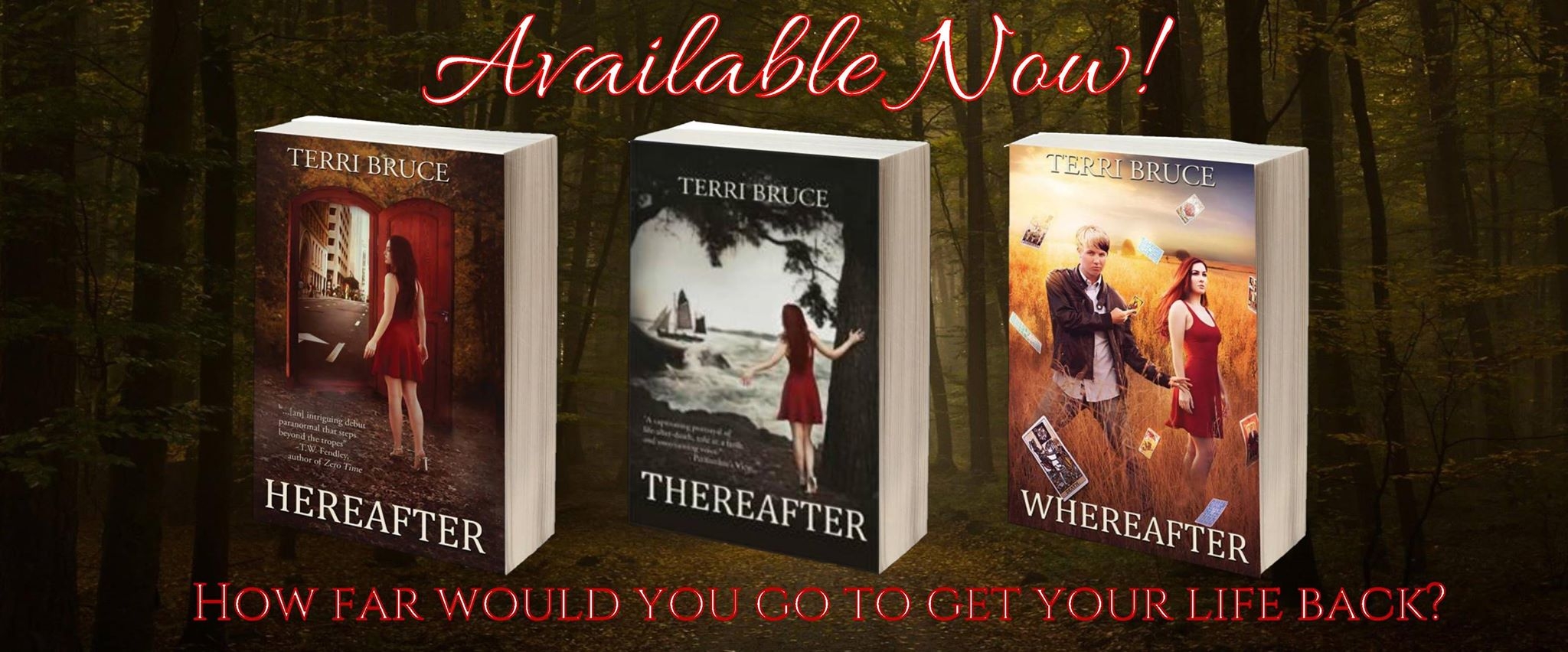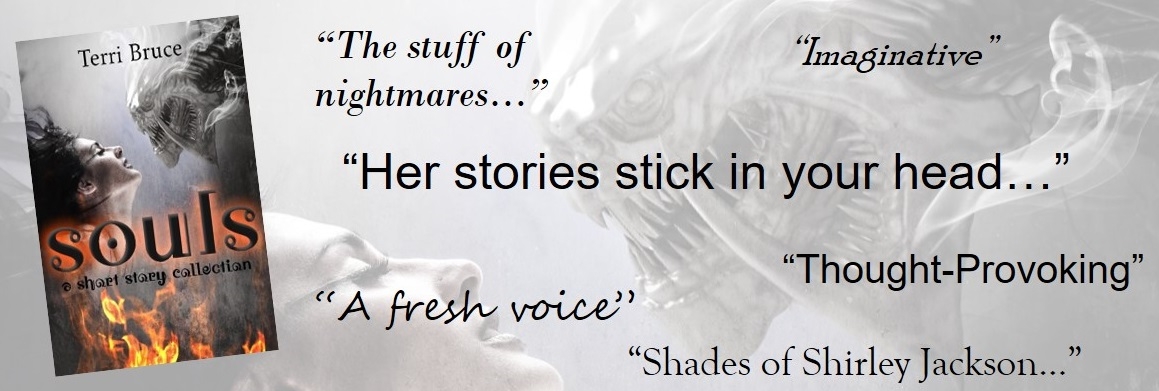Blog: Best Books About Nothing
SAY IT THREE TIMES is a strange little novel (even I, its mother, can admit that). When i wrote it, I had Disney World's "Alien Encounter" (which, apparently doesn't exist anymore) in mind. In the Alien Encounter attraction, attendees are placed in a dark room and subjected to a battery of scary stimuli - simulated heavy breathing, blasts of hot air, bumps against their seat, etc. Nothing bad actually happens and, yet, the attraction was terrifying. Referred to as "theater of the mind," the terror is created entirely from the suggestion of danger, rather than actual danger.
Blog: Point of View Part II
Note: Technical difficulties prevented last week's blog article or this week's SITT installment from posting to the site. I apologize. Kinks have been fixed and all should be back to normal. Weekly Monday releases of SITT will resume next week.
This week, we have a special guest blog from author Ian Isaro (fun fact: Ian lives in the United Republic of Tanzania, which officially makes him the most geographically interesting person to appear on this blog) continuing the conversation on unreliable narrators and how PoV affects storytelling.
Ian Isaro says: All narrators are unreliable. Generally we only call them "unreliable narrators" when they significantly distort the world around them, but we all do the same thing to a lesser degree. So should our characters.
Blog: Point of View
One of the themes of my novel, SAY IT THREE TIMES, is how point of view (POV) affects our perception the so-called "Rashomon Effect"). Most stories are told from a single POV—just like life. But, unlike life, we usually assume we’re being told the story as it is—that is, that the narrator is telling the truth. Shifting POV stories can be used to reveal an unreliable narrator or a different side to the story. In SAY IT THREE TIMES we never get that POV shift—we only know what the Detective reveals and through subtle cues, we come to suspect the Detective may not be telling us the entire story, may be purposely lying, or may even be delusional.
Personally, I love “shifting POV” stories, especially movies like The Usual Suspects and Immortal Beloved where a last minute shift to another character’s point of view reveals an entirely new context or meaning for the story. But many people do not. They often feel cheated when the story changes with the introduction of a new POV because it prevents the reader/viewer from anticipating the ending. Next week I’ll talk more about unwilling narrators in fiction. But this week I wanted to talk a little more about the craft of writing revealing POV shifts. Guest blogger and historical fiction writer Joyce Alton joins us to share her insights on how POV changes can alter our perception of a story and whether or not such stories ultimately work.
***
Joyce Alton says: I think in some cases, yes, it can work. It’s a unique storytelling structure which should be used sparingly or it would cease to be fresh and become predictable. Mystery novels come to mind first, when you have a room full of suspects and witnesses each giving their account of events. Maybe they’re telling the truth, maybe they’re fudging it. It’s a fun brain tease for the reader.
Blog: The Business of Art
There comes a time in almost every writer’s life when he or she must choose: do I want to create art or do I want to sell books? Now I’m not saying that “artsy books” don’t sell or that popular, best-selling books are all crap. But there’s a reason why literary and commercial fiction are considered two separate categories. As one commentator sneered, in response to a recent article about a traditionally published author who took the leap into self-publishing after disappointing sales of her first attempt at literary fiction, “Of course she only sold 10,000 copies. It’s literary fiction.”
People (generally writers themselves) assign a lot of value judgment to the choice between art and business. Writers who crank out commercial fiction are derided by other writers as hacks (even though most of those cranking out the books are household names raking in the dough), while, at the same time, authors who write beautiful, masterful stories that no one will publish because they aren’t commercial enough are regarded as failures. It’s a Catch-22. The truth is, a lot of artistically masterful books are commercially unviable (meaning not that they won’t sell any copies, but they won’t sell enough copies). And publishing is, first and foremost, a business. And a lot of good books—and good authors—get passed over because of this.





